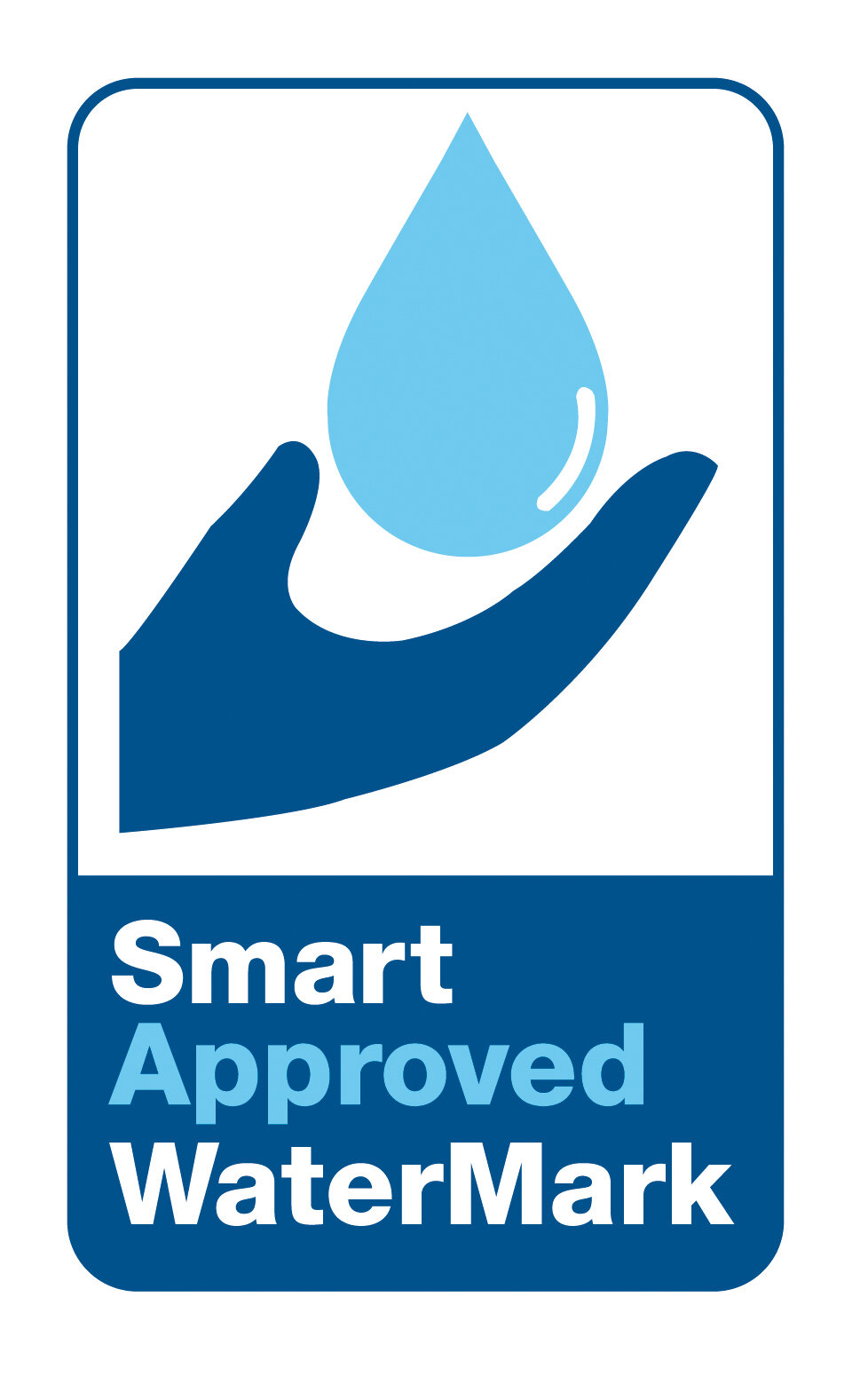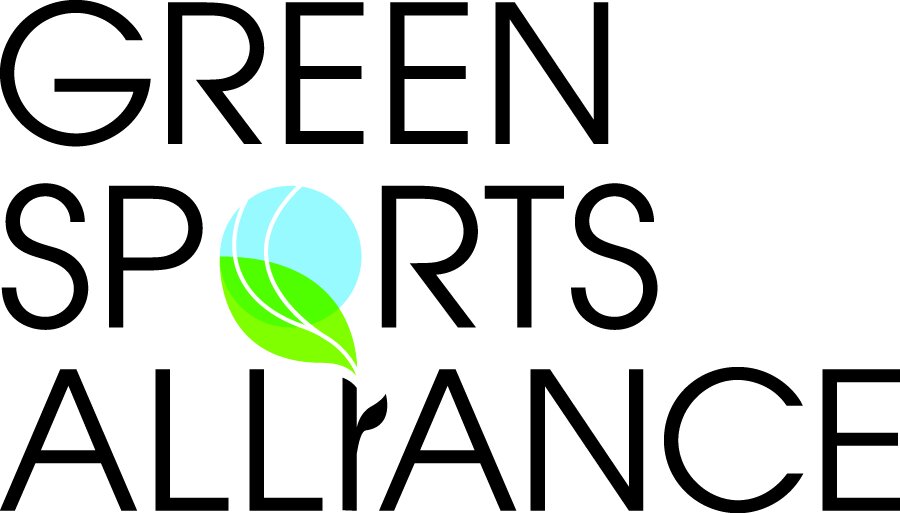It cannot be denied the world faces some very significant water-related challenges due to climate change, water scarcity, and other factors.
The End of the Road for Troughs
Are Low Water Rates Good or Bad for Consumers?
It’s no secret that the aging US water infrastructure requires significant modernization. Many of the approximately 1 million miles of pipe systems delivering water to homes and businesses in the US were built post-World War II with an average lifespan of 75 to 100 years, according to the 2017 Infrastructure Report Card. That aging infrastructure is wasting 2 trillion gallons of treated drinking water resulting from about 240,000 water main breaks each year, the report indicates.
In 2014, Congress authorized a federal credit program administered by the EPA to fund vital water and wastewater infrastructure improvements, known as the Water Infrastructure Finance and Innovation Act. In response to a notice of fund availability, the program received 43 letters of interest from water districts, utilities and entire cities and counties highlighting needed improvements to water infrastructure totaling about $12 billion. As WIFIA offers up to 49 percent of project costs, an additional $6 billion is needed from local agencies, private enterprise and private-public partnerships.
While that may seem like a hefty sum, it pales in comparison to the $1 trillion the American Water Works Association estimates it will take to maintain and improve water infrastructure in the US in the next 25 years.
Read more at Environmental Leader by clicking here
Anti-Drought: Water Officials Hope to Drive Up Water Usage
Today we learned via the Voice of San Diego website...
By Ry Rivard | August 31, 2017
In a jarring contrast to conditions during the drought, the San Diego County Water Authority is actually trying to drive up demand for its water.
As recently as the first months of this year, Californians were asked to conserve water. Well, they did. And they still are. Now, that’s a problem.
Demand for water is low. In San Diego, it’s so low that drinking water is just sitting in the main pipeline that delivers water from hundreds of miles away to the southern half of the county. Typically demand for water is highest during the summer.
When water sits around, particularly in the summer heat, it stagnates and can become undrinkable.
To keep water moving, the Water Authority’s staff is talking about ginning up demand for water by offering incentives to several water agencies, including the city of San Diego’s water department. This wouldn’t necessarily result in profligate water use, because the Water Authority may just want agencies, like the city water department, to switch from the cheaper water they have stored in their own reservoirs to more expensive water that the Water Authority sells them.
To read more, please visit the original article here: http://www.voiceofsandiego.org/topics/government/call-anti-drought-water-officials-hope-drive-water-usage/
Restrooms of the Future
Restrooms of the Future
by Klaus Reichardt — When the economy was booming and bustling, architects, designers, and manufacturers were encouraged to come up with an array of new design and technology ideas for buildings. And the funds were available to make them happen.
No discussion of trends in restrooms is complete without a mention of water conservation. In some facilities, more water is used, and often wasted, in restrooms than in any other area of the building. In 1992, the U.S. Congress passed the Energy Policy Act, which included a provision that toilets sold in the United States use no more than 1.6 gallons of water per flush (GPF). At that time, many toilets, even new ones, were using as much as 3 GPF or more. The act also required urinals to use about a gallon of water or less.
Early systems did not work well, often requiring multiple flushes to perform adequately. This defeated the goal of the act. Further, they often required more cleaning because waste was not adequately removed.
Most of these problems have been alleviated, and now many manufacturers are introducing toilets that use 1.3 GPF or less. Some urinals also use less water.
This article was published in FMLink. Read More Here
The Waterless Urinal and the Fly: a Water Saving Love Story
The Waterless Urinal and the Fly: A Water Saving Love Story
What’s happening in our men’s rooms? Waterless urinals? Flies on the porcelain? Here’s one fact that struck me. Each commercial-use waterless urinal can save between 15,000 and 45,000 gallons of water a year. Ah…no wonder waterless urinals are showing up in airports, malls and office buildings? But what about the fly on the porcelain? With an interest in learning more about this fast growing sector, the business of saving water and that fly…. I reached out to Klaus Reichardt. Klaus should know. He invented the waterless urinal and with the company he founded, San Diego based Waterless Co Inc., Klaus and his team sell more waterless urinals than anyone in the world.
This article is published in ZDNet. Read More Here
Waterless Urinals… For VIPs Only
Global Water Shortage: A Problem to be Reduced by Waterfree Urinals
Keeping bathroom smells at bay
If you supervise a restroom that always seems to have an unpleasant odor, despite being regularly cleaned and maintained, the source of the smell might be a floor drain. Often, these drains go overlooked in the quest to eliminate odors, and smells can rise up from the sewer that the drain connects to. If you have identified such a drain, there is an easy fix for the situation: what you need is some form of floor drain odor stopper.
How to Choose Your Water Free Urinal
For a new facility, a water free urinal offers a way to save on plumbing and to simplify the installation process. Using water free urinals will not only help you save on your water bill, it will conserve water and the related sewer quantities and costs. This means you can save “green” while going green!











